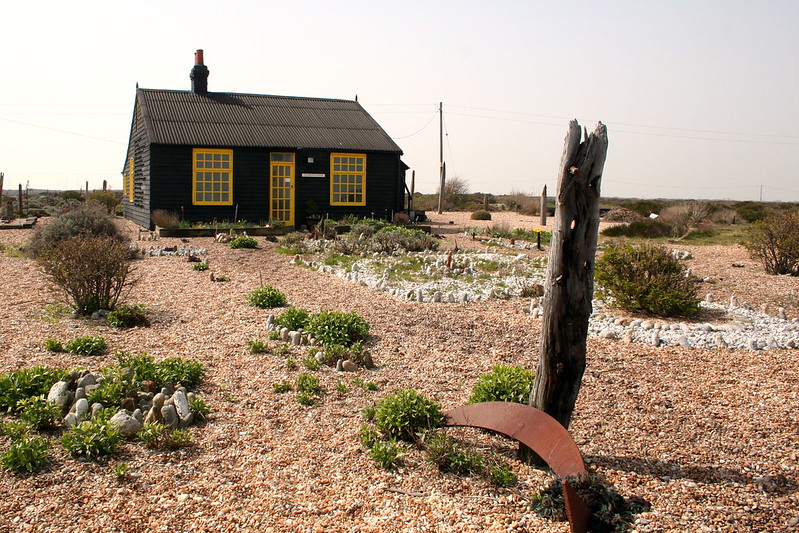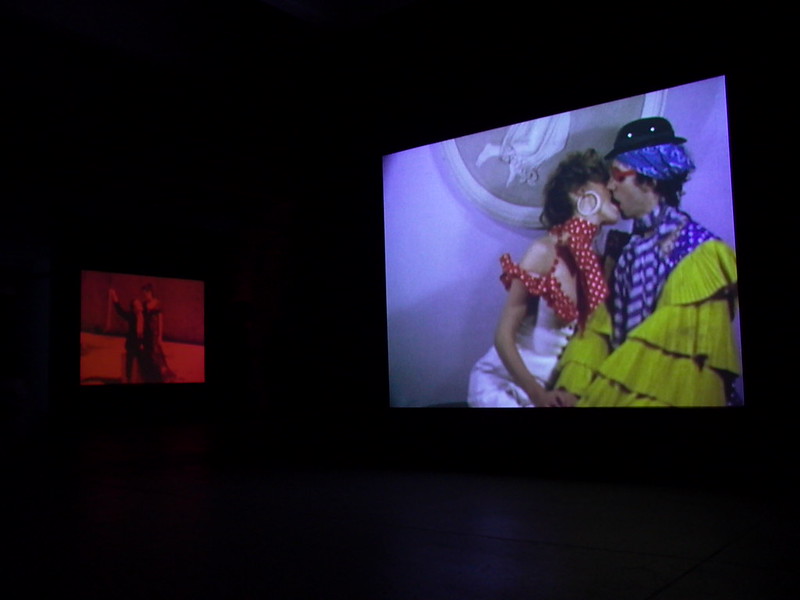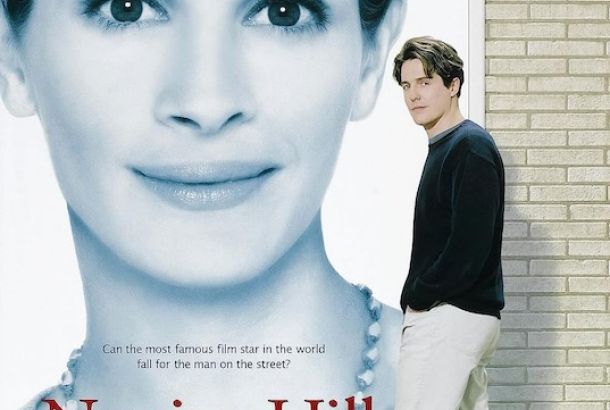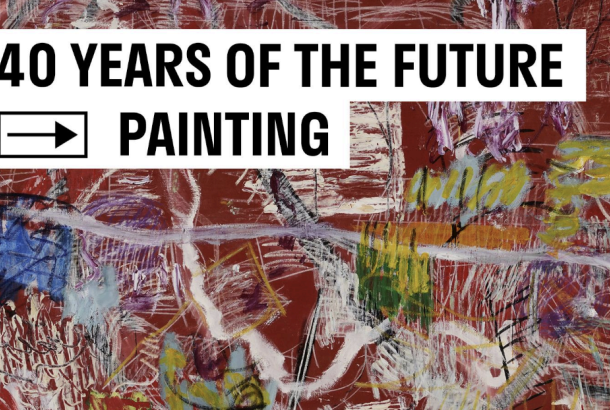Why Derek Jarman matters
By Sam Burt and Michal Wasilewski

One of many exhibitions postponed after the first lockdown, Derek Jarman Protest! is set to open later in 2021 at Manchester Art Gallery. It aims to explore the life and work of this prolific artist in painting, film and other media.
Complementing it will be The Derek Jarman Pocket Park, a new public garden in Manchester inspired by the artist’s own garden at Prospect Cottage in Dungeness.
What better time, then, for our arts and film editors to reflect on Jarman’s rich creative legacy.
Gardening at the world’s edge
I can’t remember how old I was when my granddad first took me to Prospect Cottage. I don’t think I could have been older than seven or eight, because when I went back there in 2019, I was sharply disappointed. Either the garden had suffered substantial disrepair with age or, more likely, my sense of wonder had.
What is most obvious is that Dungeness is a nonsensical place to make a garden. A garden is something we typically associate with prettiness, symmetry and man’s control over nature.
But for much of the year, visiting Dungeness, a shingle beach headland on the Kentish coast, feels like sticking one’s head out of a window into a tornado. It’s windy. Very windy. And rocky. Very, very rocky.
How do you make a garden there? With whatever odds and ends are to hand: kelp; seaweed; flotsam and jetsam; nice-looking pebbles; hunks of rusting metal; and only the hardiest of hardy flowers.
To the child-me, this was then a magical place, but also a place that made perfect sense, since what else does a bored child with an active imagination do except make unlikely places with the mundane matter readily available?
Derek Jarman, though I knew nothing about him except the house and garden he used to occupy, was one of those rare things, an adult who was using the advantages of adulthood to realise childish dreams, and I loved him instantly.

Making the pilgrimage as an adult, with my partner in tow, I couldn’t help wanting to apologise for bringing him there, in spite of its weathered and enduring charm. It was just a pile of rocks and old sticks, wasn’t it?
(Admittedly, visiting in March was a bad idea. I had to walk backwards from the miniature railway station to the cottage, against the wind.)
But then two things happened. First, we went to watch The Garden at the BFI South Bank. I’ll leave the film commentary to Michał, except to say that most of it is filmed on the beach at Dungeness. Assisted by some bleach-bright sunlight, it transforms an austere landscape of lighthouse and power station into something truly mesmeric.
Secondly, I bought Modern Nature, the diary-memoir Jarman kept while cultivating his garden and after receiving his HIV diagnosis. It documents side-by-side his struggles to make fig trees bloom amid tidal gales and his reflections on mortality.
It’s a wonderful, life-affirming book, suffused with noble and, one might say, ‘earthy’ wit. Prospect Cottage was his sanctuary, these old sticks his way of keeping rooted in the earth rather than withering away in the mind.
I hope The Derek Jarman Pocket Park, when it finally opens in Manchester, will gift its visitors the same peace of mind.
Derek Jarman Protest! will open at Manchester Art Gallery on 1 December 2021, with Jarman-related content already available on the exhibition website.
A timeless and taboo-breaking filmmaker
Derek Jarman can easily be called one of the most controversial British directors. With a set of acclaimed, provocative, and taboo-breaking films, he is placed among the most prominent figures of avant-garde cinema, whilst his juxtaposition of Christianity and homosexuality is a thing to be found nowhere else in the world of art.
However, before beginning to shock the audiences with his narrative features, Jarman created a series of captivating avant-garde short films, many of which are available to watch online.
My top recommendation is The Art of Mirrors, a 6-minute experimental film that captures the viewer’s attention with occasional flashes in the lens of the camera.
Jarman’s first feature film, Sebastiane, made his name in the British film industry. The first film to be shot entirely in Latin, it is a reinterpretation of the martyrdom of Saint Sebastian. Jarman utilises the gay cult around the saint, to tell the story of an openly gay soldier in ancient Rome.
Although his fellow brothers in arms share his homoerotic desires, it is Sebastiane who is considered inferior. Apart from highlighting hypocrisy surrounding homophobia, the film is a celebration of masculinity and the beauty of male bodies. Being the first openly homoerotic British film ever, Sebastiane affirmed that homosexual love could be as bold and beautiful as any other.
Putting homosexuality in a historical context is something that characterises many other Jarman’s films, including that which garnered the most mainstream acclaim, 1986’s Caravaggio. In this visually stunning effort, the director explores and recreates Caravaggio’s works, investigating how film can relate to painting.
In studying this relationship, however, Jarman made a film far more conventional than his other works, a film whose narrative structure doesn’t stray far from typical love triangle movies. The only difference is that this triangle involves homoerotic attraction.

Although queerness was always part of Jarman’s art, it wasn’t always the centre of the story. He often delved into the state of the UK, both socially and politically. This examination was achieved in his second feature film, Jubilee, whose notoriety made it a succès de scandale.
It serves as a provocative deconstruction of punk culture and warns against the radical political beliefs of British youth. Even though it is a 1970s dystopian vision, the problems of structural unemployment and far-right politics which encouraged Jarman to film Jubilee are still present in society today, making this film timeless.
Transgressive to the end
As Jarman grew older, his style became more radical, a trend precipitated by his HIV diagnosis in 1986. In The Garden, released four years after his diagnosis, a lyrical visual narrative takes the audience on a journey into Jarman’s mind.
Combining the themes of his previous films, with Christianity and homosexuality at the forefront, The Garden is a dreamlike reflection of the thoughts and dreams of a man who is battling to accept his fate, untimely death, while reflecting on his own life simultaneously.
All of this comes together in Derek Jarman’s greatest film, Blue, released one year before the artist’s death. While The Garden seems a chaotic wandering through a troubled mind, Blue is more a coherent stream of consciousness of a man who has already accepted that he’s at his end.
The film or, to be precise, the poetic and musical experience, is set against an unchanging blue screen, with all the weight and power put into words and music.
It’s difficult to think of Blue in cinematic terms, as it goes beyond cinema and transgresses its boundaries. A film alone cannot explain a man’s life nor his mind, and hereby Jarman doesn’t attempt it in his magnum opus.
Blue serves as a personal diary, an intimate look into what’s long gone but what will be vivid in memories until the last day; it is the greatest memoir one can have.
But all in all, every single film directed by Derek Jarman combines into a fully-formed portrait of a great artist. His unique approach to traditional subject matters and bravery in juxtaposing them with homosexuality, as well as his take on the state of Britain, are only a few of the reasons why Jarman’s broad artistic legacy is worth delving into.
Derek Jarman’s films are available to watch on BFI Player.







